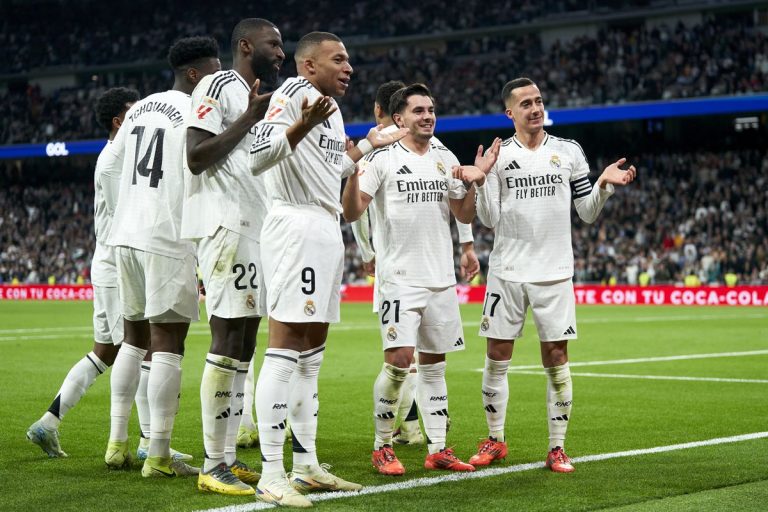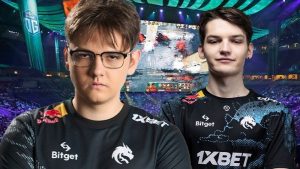For the people of East London, West Ham United is everything. Even though there are many glittering teams in the city like Arsenal, Chelsea and Tottenham Hotspur. This is because the East Londoners knew that West Ham, which was previously a club called Thames Ironworks, was built on the hard work of the iron hands of the local community.
The hard work of the blacksmiths is represented by a ship and iron company at Bow Creek pier which is downstream of the Thames in the Leamouth Wharf area in Canning City on the east side. This company is a source of livelihood for East Londoners in civil engineering, marine engines, ship cranes, electrical engineering, and land vehicles such as cars and motorbikes.
Also in Canning City is Hermit Road which is the training ground for Old Castle Swifts FC. The team is also the first professional team from Essex in Scotland. But Old Castle Swifts went bankrupt in 1895. And from there came the foresight of the duo of Thames Ironworks and Shipbuilding owners named Arnold Hills and Dave Taylor.
The two people used Hermit Road, who after the Old Castle Swift died became a training ground for the Thames Ironworks FC they made. The logo uses a pair of hammers, which are used in the shipbuilding process, by crossing. While the uniform uses dark blue because Arnold is a former student from Oxford University.
The establishment of Thames Ironworks also took on several other elements of Old Castle Swifts, such as players and club officials. One of them was Robert Stevenson who became the first captain of the Thames Ironworks. Of course most of the other elements are workers at the Thames Ironworks and Shipbuilding itself.
“There were men among them who learned to give bait and to push the skin (ball) into the goal. Not thinking of professionalism. I might say, once thought by the founders, they intended to run their club with amateurs and their first school chose a team from men in in his work, “chattered Syd King, former player and West Ham United’s first manager.
Meanwhile, the use of Hermit Road only lasted one year due to evictions and had to temporarily flee to Browning Road in the East Ham area. Then the Thames Ironworks moved to the Memorial Grounds Stadium at a cost of £ 20,000 at that time. The cost is borne by Arnold himself because Taylor is engaged in his side profession as a football referee.
Thames Ironworks played its first match against Royal Ordnance on September 7, 1895, which ended 0-0. While Ironworks’ first competitive match took place against Chatham Town on October 12, 1895 in the FA Cup qualifying round. They lost 0-5. But Ironworks was quite an attraction because around 3,000 spectators attended the match.
December 14 became the beginning of their contact with Millwall FC in the world of football, which later became the history of West Ham’s competition with Millwall to date. At that time Millwall still used “Athletic” behind his name, not “FC”. Athletic Millwall was also a team of iron workers in London who competed with the Thames Irons at that time. And it was on December 14 that they competed and the Thames Ironworks lost 0-6 – the biggest in their history.
One year later, Arnold made a breakthrough by becoming the London League President. He appointed Francis Payne to draft regulations on competition. As a result, the 1986 London League rolled out until 1997. Thames Ironworks defeated Crouch End Vampires FC 3-0 in its inaugural match in the London League. Then the Thames Ironworks ended the London League 1896/1897 in fourth place.
But due to the elimination of several teams such as the 1st Scots Guards FC and Welsh London at the end of the season, Thames Ironworks won two wins randomly and his ranking was revised to runner-up in the London League 1896/1897. It was only the following season that Thames Ironworks won the London League. They won the title with 12 wins, three draws and one defeat from 16 London League matches that season.
Thames Ironworks also scored 47 goals and conceded 15 times to become the team with the best attack and defense of the season. Then the Thames Ironworks successfully joined the English Southern League and started in the second division. The participation made other players from London interested in joining Thames Ironworks, including Tommy Moore who joined from Millwall as his biggest rival.
Besides Moore, other players like McEarchrane, Patrick Leonard and David Llyod were also recruited. They were able to make the Thames Ironworks stronger. The proof, the first season of the English Premier League Second Division 1898/1899 was won after being unbeaten in the last 18 matches.
ASL
















